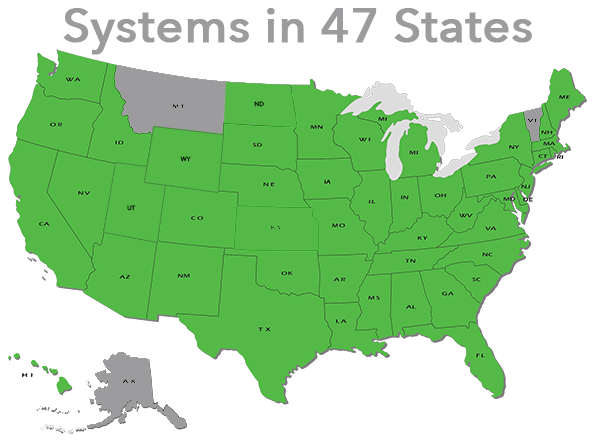How old are U.S. power plants?
Last Updated: March 05, 2013
The current fleet of electric power generators has a wide range of ages. About 540 gigawatts, or 51% of all generating capacity, were at least 30 years old at the end of 2012. Trends in generating capacity additions vary by fuel type.1

Note: Data for 2012 are preliminary. Existing generators with online dates earlier than 1930 are predominantly hydroelectric. Data include non-retired plants existing as of year-end 2012; retired generators are excluded. This chart shows the most recent (summer) capacity data for each generator. However, this number may change over time, if a generator undergoes an uprate or derate.
Which types of power plants are oldest?
The current fleet of electric power generators has a wide range of ages. The Nation's oldest power plants tend to be hydropower generators.
Most coal-fired plants were built before 1980. There was a wave of nuclear plant construction from the late 1960s to about 1990. The most recent waves of generating capacity additions include natural gas-fired units in the 2000s and renewable units, primarily wind, coming online in the late 2000s.What is the age of U.S. generating capacity?
About 540 GW, or 51% of all generating capacity, were at least 30 years old at the end of 2012 (see chart below). Most gas-fired capacity is less than 20 years old, while 74% of all coal-fired capacity was 30 years old or older at the end of 2012. Companies routinely undertake capital improvement projects to extend the life of their generating capacity. The 'other' category includes solar, biomass, and geothermal generators, as well as landfill gas, municipal solid waste, and a variety of small-magnitude fuels such as byproducts from industrial processes (e.g., black liquor, blast furnace gas).

What are the trends for each type of generator?
Learn more about trends in generating capacity additions by fuel type in the following articles:
Coal – Today in Energy, June 28, 2011 Nuclear – Today in Energy, June 30, 2011 Natural Gas – Today in Energy, July 5, 2011 Hydropower – Today in Energy, July 8, 2011 Wind – Today in Energy, July 13, 2011 Oil – Today in Energy, July 18, 2011Footnotes
1 This article is based on EIA's, June 16, 2011, Today in Energy article, and was updated in February 2013 to reflect data through 2012..Learn More

Did You Know?
24 out of the Nation's 25 oldest operating power facilities are hydropower facilities that were built over 90 years ago.
Since 2006, 37% of total electric power industry capacity additions have been wind generators.
























